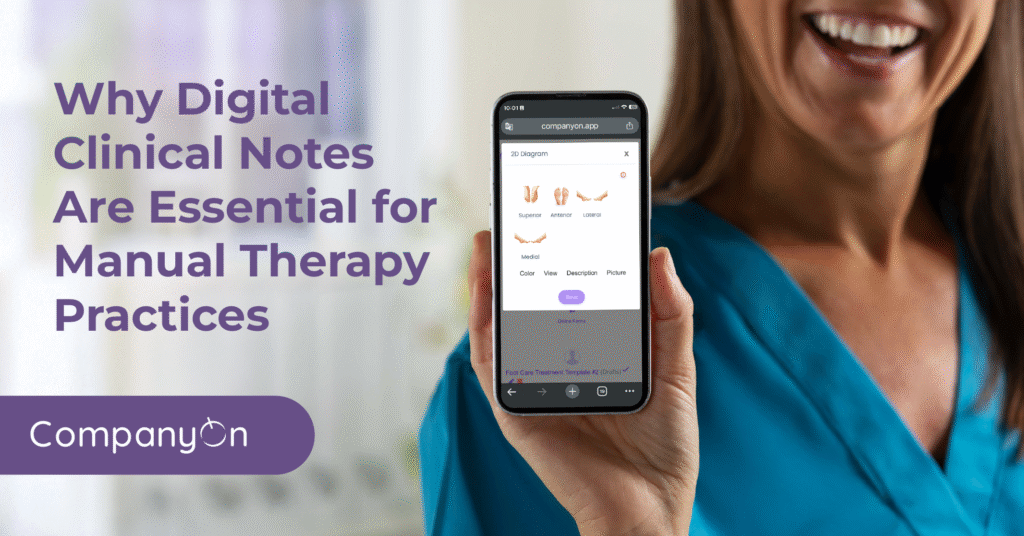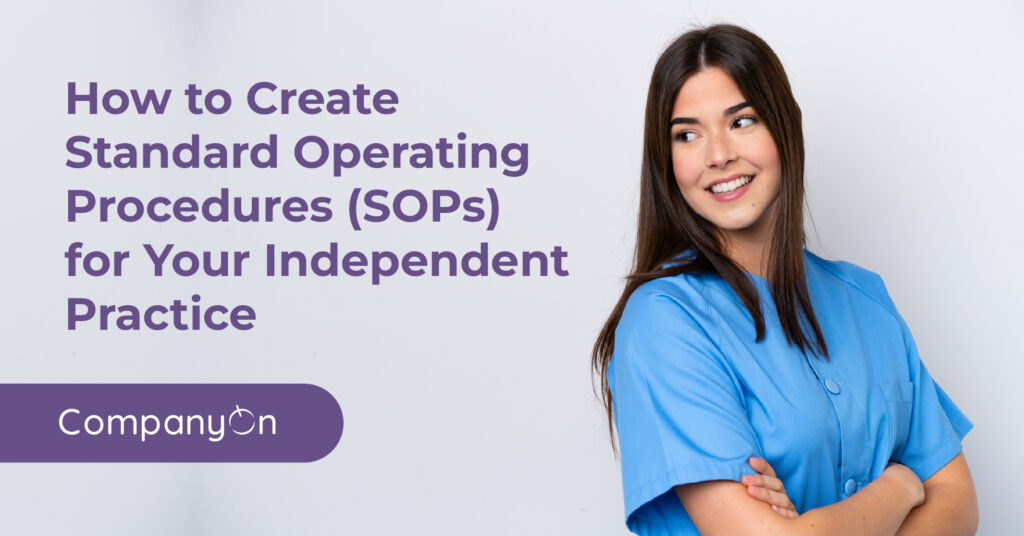For many nursepreneurs, the first stages of building a solo practice involve doing everything alone—patient care, scheduling, billing, and even marketing. While this may work at the beginning, there comes a point where wearing every hat limits your ability to grow and provide the level of care your patients deserve.
Shifting from being just a provider to becoming a true healthcare business owner requires learning to delegate. Hiring your first administrative support or clinical assistant is often the turning point that allows your practice to scale sustainably.
If you’re still struggling with organizing your workflows, you may want to revisit how to create a simple system to avoid disorganized processes before bringing on additional help.
Signs It’s Time to Hire
It can feel overwhelming to decide when to add someone to your team, especially if you’re worried about costs. However, there are clear signals that you’re ready:
-
Administrative overload: If scheduling, billing, or documentation eats into the time you could spend with patients.
-
Missed opportunities: If you’ve turned down patients or collaborations because you’re already at capacity.
-
Declining patient experience: Long wait times, disorganized follow-ups, or rushed appointments often indicate it’s time to delegate.
Ignoring these signs can lead to burnout or missed growth opportunities, which makes hiring a key step in your nursepreneur growth journey.
Who Should You Hire First?
The role you hire depends on your current pain points and priorities:
-
Administrative Support: Ideal if scheduling, invoicing, or managing patient files takes up most of your time. Tasks like managing the appointment process or handling patient communications can be easily delegated.
-
Clinical Assistant: Best if your patient load is growing and you need someone to support direct care tasks, documentation, or prep work during visits.
Both roles help you transition from being a solo provider to building a sustainable healthcare team.
How to Define the Role Clearly
Hiring is only successful if expectations are clear from the beginning. Start by documenting:
-
Tasks and responsibilities (e.g., patient intake, billing, follow-ups).
-
Required skills (clinical certifications, digital tool experience, organizational ability).
-
Boundaries and workflow processes to ensure efficiency and maintain professional standards.
For inspiration, explore how to streamline patient onboarding—a process that can be delegated once you bring the right team member on board.
Overcoming the Fear of Delegation
Many nursepreneurs hesitate to delegate, worrying that no one will do things “as well as I do.” But delegation is not about replacing your role—it’s about freeing up your time to focus on the tasks that truly need your expertise: patient care, business strategy, and scaling your practice.
A helpful mindset shift is to see hiring as an investment, not an expense. When you have the right support, you can increase patient volume, improve service quality, and even boost revenue.
Final Thoughts: Building Your Healthcare Team
Hiring your first staff member is one of the biggest milestones in transitioning from solo practice to a scalable healthcare business. By watching for signs of overload, defining roles clearly, and embracing delegation, you’ll not only grow your practice but also protect your own well-being.
If you’re serious about scaling, make sure your practice has the right systems in place—whether in billing, scheduling, or patient retention—so your new hire can hit the ground running.
👉 At CompanyOn, we help nursepreneurs simplify their workflows with tools that make delegation easier and more effective. Ready to take the leap from provider to business owner? Let’s build your practice together.
Ready to make the switch?
Try Our Platform Free for 14 days.
See CompanyOn in Action
Schedule A Free 1:1 Personalized Demo






